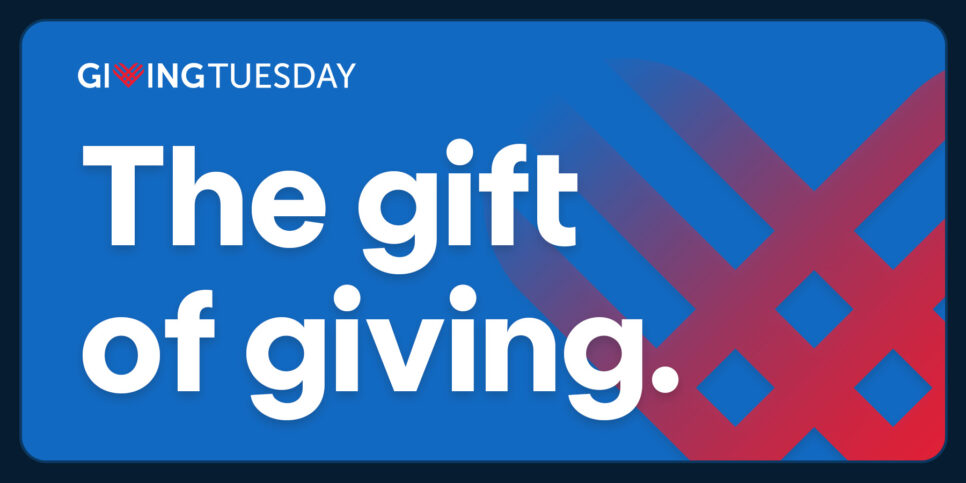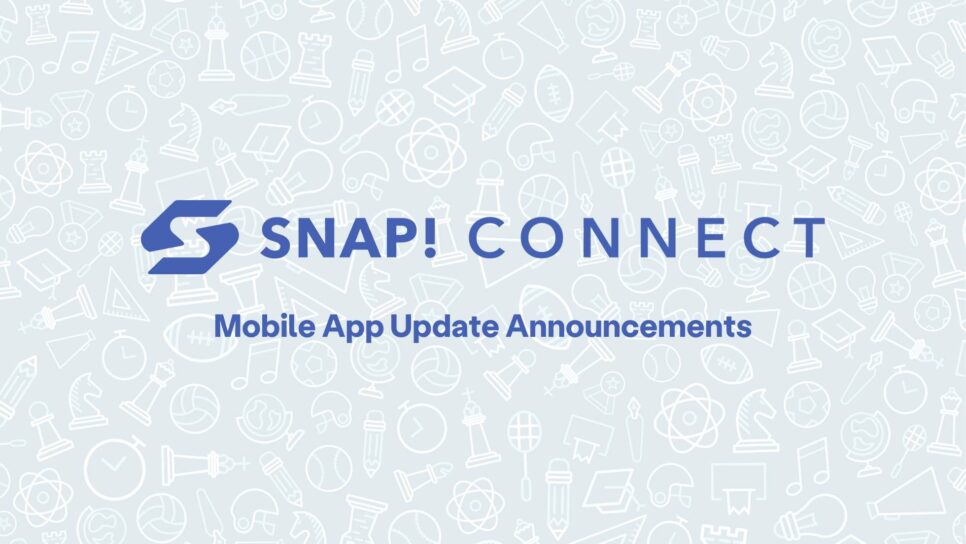

Since the pandemic began, districts have changed their school engagement plans to meet a new world that blends the web with real life.
Dialogue among districts, students and their families has improved in many districts using virtual tools. This blend allows them to reach each other in many spaces and at many levels. A stronger bond between schools and families has resulted. And research has shown that this increased engagement leads to higher student success.
Below, we’ll share three ways engagement has changed and the value of districts changing their school engagement plan with new solutions that support two-way communication.
Three ways to use what we learned to increase engagement
Two years ago, the internet provided a strong foundation when the pandemic forced schools to stop holding classes in person. No longer was there in-class instruction or face-to-face parent-teacher meetings.
The change wasn’t easy but resulted in positives, such as better communication in the following ways.
-
Keep families involved at the classroom level
With online learning, not only did students get a front-row view of the classroom, but so did their families. Parents and guardians could see the curriculum and how it was shared. This fostered useful dialogue between schools and families.
Now that schools are back to in-person instruction, some families are worried about being left out. They no longer have insight into daily classroom events. They may not hear from the teacher as regularly, and they are not relied on for assistance and support as often as they may have been. Combat this by providing solutions that allow families to remain engaged without requesting additional work from staff.
-
Allow families to tailor their communication
As the education space moved toward an online environment, it opened the door for districts to interact by meeting students and families where they were. This was vital because not every mode of communication is accessible or ideal for everyone. Finding a communication method that works for a diverse group allows more parents to be more active stakeholders in their children’s education.
Two-way communication apps efficiently set up an interaction with each student’s family in a way they prefer, without putting more work on the school staff. Ideally, it can be speech-to-text, translation, audio recording and more. It’s also available around the clock, not just during school hours. As a result, each family can engage clearly with the school at a time that is good for them.
-
Employ a clear system of tracking each interaction
Though students are now back in the classroom, schools still need software that creates genuine dialogue and serves the students and their families. Our world has become a mix of virtual and in-person, so a great deal of effective communication takes place online.
A clean, simple system that’s secure and easily supports families’ unique needs helps districts optimize satisfaction. For example, some communication apps have analytics features so districts know which students and families they’re reaching. With these, you can ensure that every family feels welcome and has their voice heard.
District success with students is in innovative software
A crucial part of your district and school engagement plan is a solution that makes dialogue easier. Today’s families lean toward virtual communication, socializing heavily on apps and social media. Technology also serves as an ideal bridge to families that speak many languages and have varying literacy levels.
Snap! Connect helps districts reach students and families where they are. With our app, they can share information easily, send messages and alerts, and engage in two-way communication to create bonds that lead to greater student success.
Contact us to learn more about our app and how it can strengthen your communication with students and families for lasting engagement.





